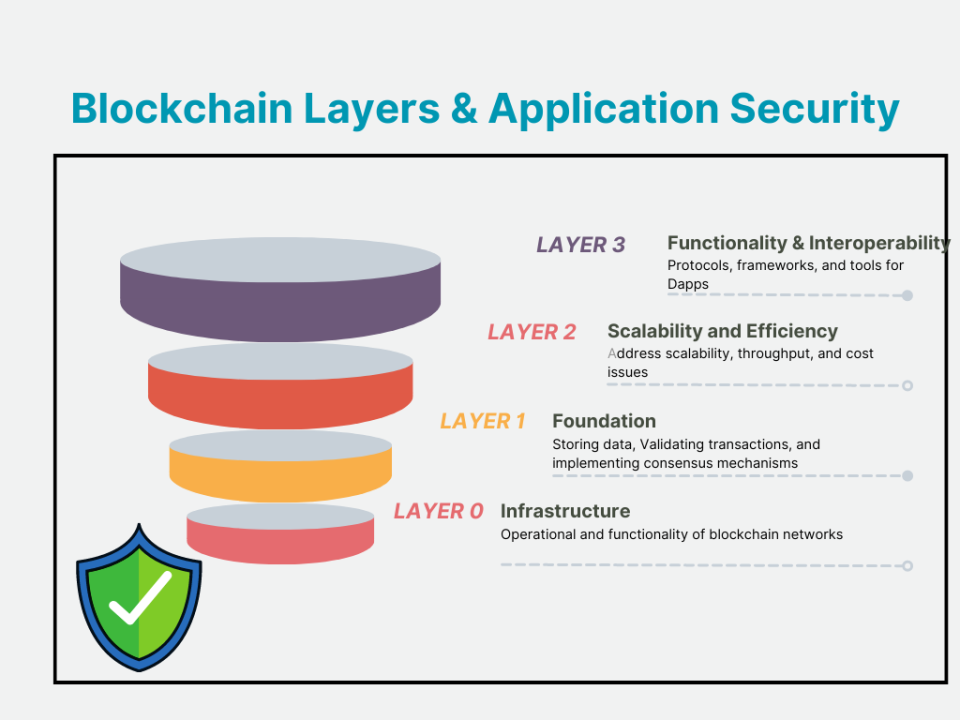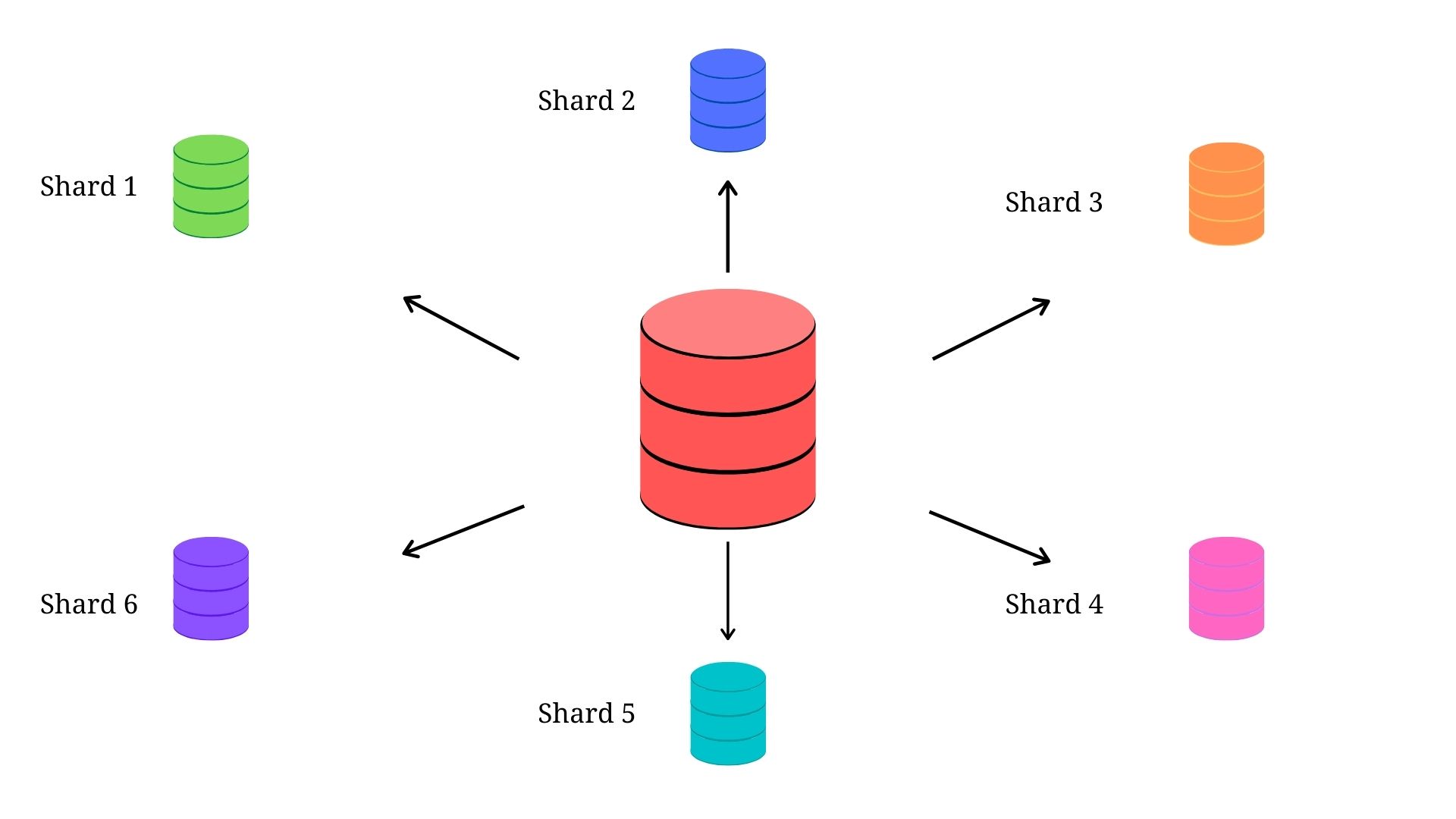Understanding Layer 1 Blockchain
1.Introduction to Layer 1 Blockchain
Layer 1 blockchain, at the core of distributed ledger technology, serves as the foundational layer for various decentralized systems. It represents the underlying infrastructure, where transactions are recorded and consensus mechanisms are employed to validate and secure the network. At its essence, Layer 1 refers to the main blockchain protocol, distinguishing it from subsequent layers that may provide additional functionalities. The key feature of Layer 1 is its role in maintaining a transparent and immutable ledger, ensuring the integrity of data recorded on the blockchain.  This layer is instrumental in supporting various decentralized applications (DApps) and smart contracts, contributing to the creation of a trustless and censorship-resistant environment. As the cornerstone of the blockchain ecosystem, Layer 1 plays a pivotal role in shaping the characteristics of a decentralized network, including its security, scalability, and overall functionality. Understanding the intricacies of Layer 1 is crucial for grasping the broader landscape of blockchain technology and its transformative potential across diverse industries.
This layer is instrumental in supporting various decentralized applications (DApps) and smart contracts, contributing to the creation of a trustless and censorship-resistant environment. As the cornerstone of the blockchain ecosystem, Layer 1 plays a pivotal role in shaping the characteristics of a decentralized network, including its security, scalability, and overall functionality. Understanding the intricacies of Layer 1 is crucial for grasping the broader landscape of blockchain technology and its transformative potential across diverse industries.
2.Underlying Technology: Consensus Mechanisms
Consensus mechanisms form the bedrock of Layer 1 blockchain technology, governing how nodes within a decentralized network agree on the state of the ledger. One of the pioneering consensus mechanisms is Proof of Work (PoW), where participants, known as miners, compete to solve complex mathematical puzzles to validate transactions and add new blocks to the blockchain. While PoW has proven effective, it is energy-intensive, prompting the emergence of alternative mechanisms such as Proof of Stake (PoS). In PoS, validators are chosen to create new blocks based on the amount of cryptocurrency they hold and are willing to "stake" as collateral.  This shift aims to address the environmental concerns associated with PoW. Additionally, other consensus algorithms, like Delegated Proof of Stake (DPoS) and Practical Byzantine Fault Tolerance (PBFT), offer variations in terms of efficiency, scalability, and security. The choice of consensus mechanism significantly influences the overall performance and characteristics of a Layer 1 blockchain, making it a critical aspect of blockchain architecture. As the industry continues to evolve, consensus mechanisms play a pivotal role in shaping the resilience and functionality of decentralized networks.
This shift aims to address the environmental concerns associated with PoW. Additionally, other consensus algorithms, like Delegated Proof of Stake (DPoS) and Practical Byzantine Fault Tolerance (PBFT), offer variations in terms of efficiency, scalability, and security. The choice of consensus mechanism significantly influences the overall performance and characteristics of a Layer 1 blockchain, making it a critical aspect of blockchain architecture. As the industry continues to evolve, consensus mechanisms play a pivotal role in shaping the resilience and functionality of decentralized networks.
3.Blockchain Security Measures in Layer 1
Layer 1 blockchain places a paramount emphasis on security measures to safeguard the integrity and trustworthiness of the decentralized network. Fundamental to its security architecture are cryptographic techniques and robust hash functions. These cryptographic methods, including public-key cryptography, ensure secure and private transactions by employing a combination of public and private keys. Hash functions play a critical role in maintaining the immutability of the blockchain, generating unique and fixed-size cryptographic hashes for each block. This not only ensures the integrity of data within blocks but also creates a chain of blocks where altering one block would require changing all subsequent blocks, making the blockchain resistant to tampering.
The immutability of the ledger is complemented by the resistance to various types of attacks, prominently the 51% attack.
In essence, the security measures implemented in Layer 1 blockchain go beyond mere transactional protection; they are designed to fortify the entire ecosystem against potential threats, establishing a foundation of trust and reliability for users and stakeholders alike. As the blockchain landscape evolves, continuous advancements in cryptographic practices and security protocols will remain integral to the resilience of Layer 1 blockchain systems.
4.Smart Contracts and Decentralized Applications (DApps) on Layer 1
Smart Contracts and Decentralized Applications (DApps) are pivotal components of Layer 1 blockchain, enriching the ecosystem with unparalleled functionality and automation. At its core, Layer 1 provides the fundamental infrastructure for the execution of smart contracts—self-executing agreements with coded terms. These contracts enable trustless and transparent transactions, automating processes without the need for intermediaries. Layer 1 blockchains, like Ethereum, have been instrumental in popularizing smart contracts, allowing developers to create a myriad of decentralized applications.
Smart contracts on Layer 1 operate as executable code deployed on the blockchain, ensuring transparency and immutability. They facilitate a broad spectrum of use cases, from financial services and supply chain management to gaming and identity verification. The decentralized nature of Layer 1 blockchain enhances the security and reliability of smart contracts, mitigating the risks associated with traditional centralized systems. Decentralized Applications, or DApps, build upon the foundation laid by smart contracts in Layer 1. Leveraging the blockchain's decentralized architecture, DApps operate on a peer-to-peer network, eliminating the need for intermediaries and central points of control. Layer 1 blockchains provide the necessary infrastructure for DApps to flourish, offering a secure and censorship-resistant environment for users.
Decentralized Applications, or DApps, build upon the foundation laid by smart contracts in Layer 1. Leveraging the blockchain's decentralized architecture, DApps operate on a peer-to-peer network, eliminating the need for intermediaries and central points of control. Layer 1 blockchains provide the necessary infrastructure for DApps to flourish, offering a secure and censorship-resistant environment for users.
The synergy between smart contracts and DApps on Layer 1 not only reshapes traditional industries but also fosters innovation by enabling new forms of digital interaction and collaboration. As the ecosystem continues to evolve, Layer 1 blockchain stands as a catalyst for the development of increasingly sophisticated and impactful smart contracts and DApps.
5.Scalability Solutions for Layer 1 Blockchain
Scalability is a critical consideration in the ongoing development of Layer 1 blockchain, as the demand for efficient transaction processing and network expansion continues to grow. Layer 1 blockchains, such as Ethereum and Bitcoin, face challenges in handling a high volume of transactions, often resulting in network congestion and increased transaction fees. To address these issues, various scalability solutions have emerged, aiming to enhance the performance and throughput of Layer 1 blockchain networks.
Sharding is a prominent scalability solution employed by some Layer 1 blockchains. This technique involves dividing the blockchain into smaller, more manageable subsets called shards, each capable of processing transactions independently. Sharding optimizes the network's capacity to handle multiple transactions simultaneously, significantly increasing throughput. Another approach to scalability involves the integration of Layer 2 solutions, such as state channels and sidechains. These solutions enable off-chain transactions, reducing the burden on the Layer 1 blockchain by conducting certain transactions outside the main chain, thus improving overall scalability and efficiency. Layer 1 blockchains are also exploring consensus algorithm upgrades to enhance scalability. Transitioning from Proof of Work (PoW) to Proof of Stake (PoS) or utilizing hybrid consensus mechanisms can contribute to increased transaction throughput and reduced energy consumption.
Layer 1 blockchains are also exploring consensus algorithm upgrades to enhance scalability. Transitioning from Proof of Work (PoW) to Proof of Stake (PoS) or utilizing hybrid consensus mechanisms can contribute to increased transaction throughput and reduced energy consumption.
While these scalability solutions represent significant strides, challenges persist, and ongoing research and development are essential to ensuring the continued scalability and sustainability of Layer 1 blockchain networks. As the demand for blockchain technology grows, the implementation of effective scalability solutions becomes paramount in realizing the full potential of decentralized systems.
My Other Articles
Stablecoins: Safe Havens in the Crypto Market
Central Bank Digital Currencies
Web3 in Action: DApps, Protocols, and the Evolution of the Internet
Metamask: Navigating the World of Cryptocurrency with Ease
The Greatest Threat in World History: World War III and Warnings for the Future

















































